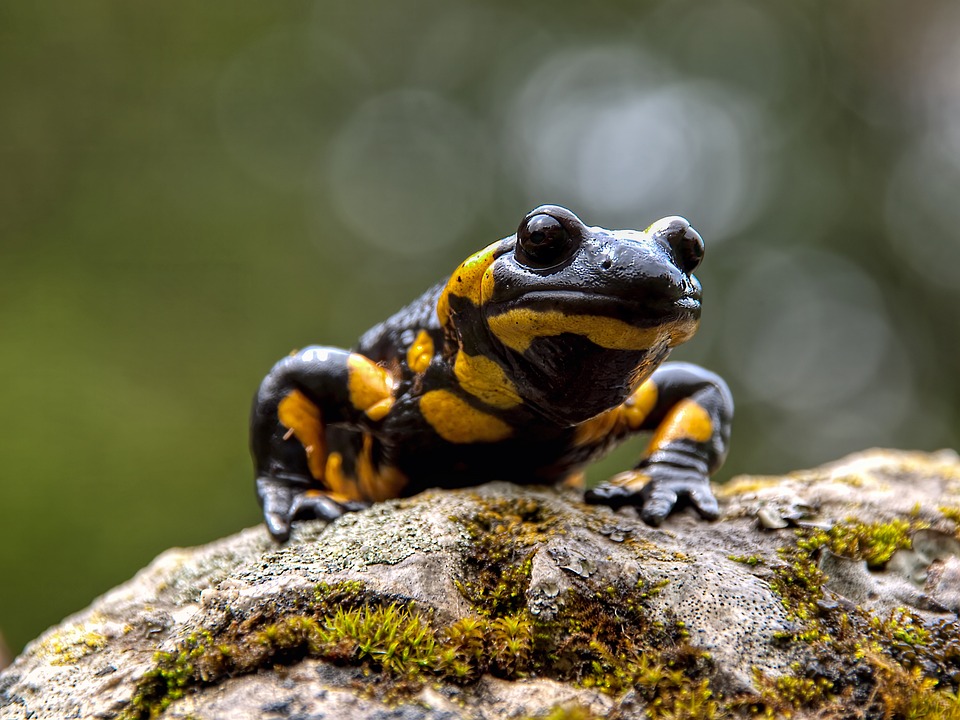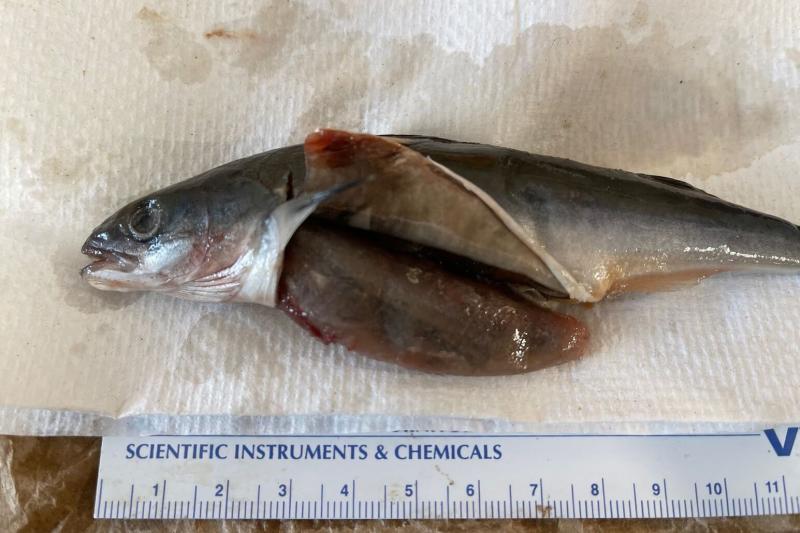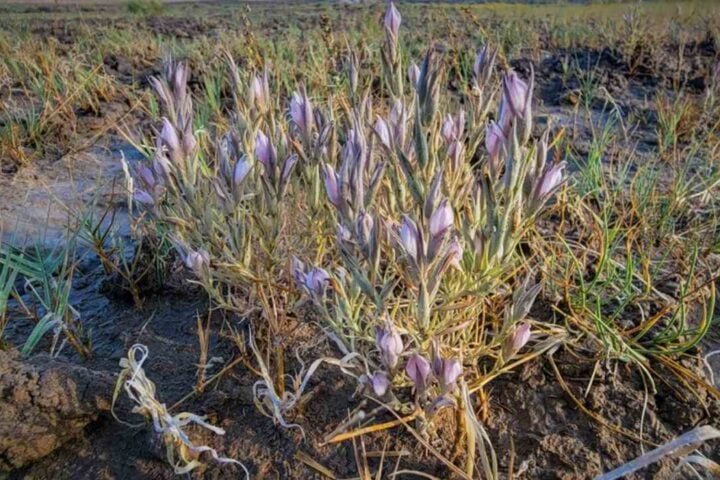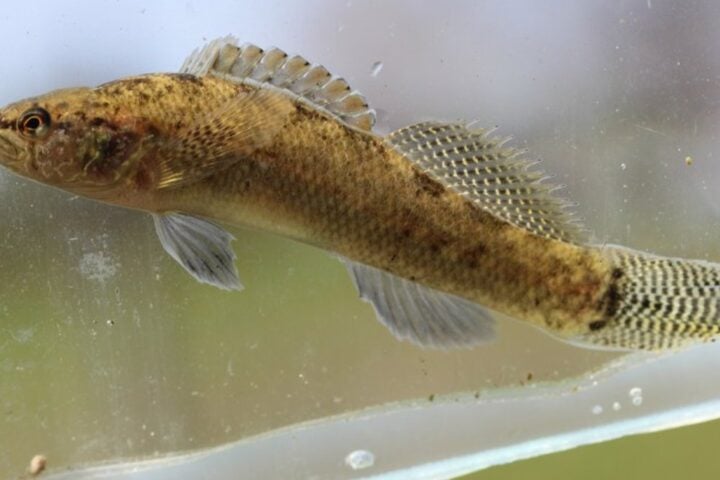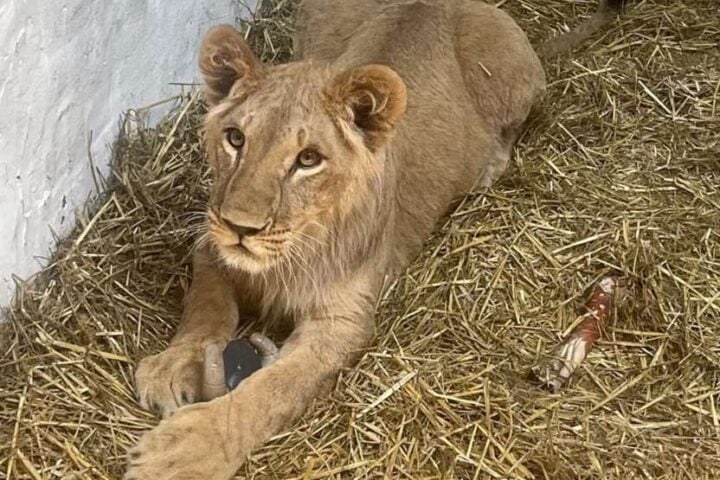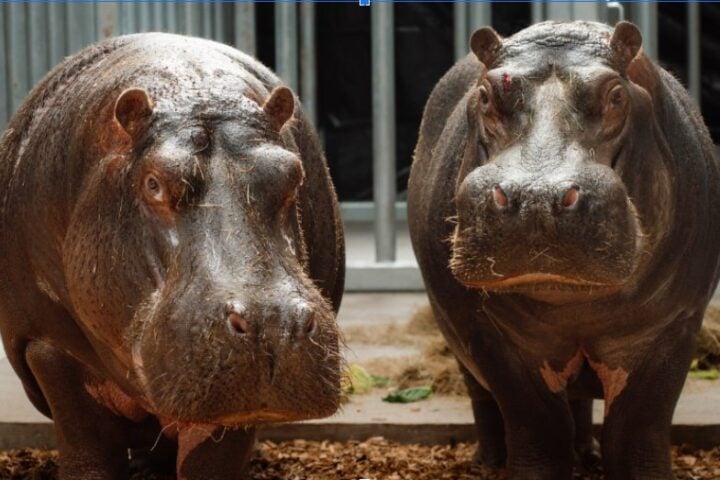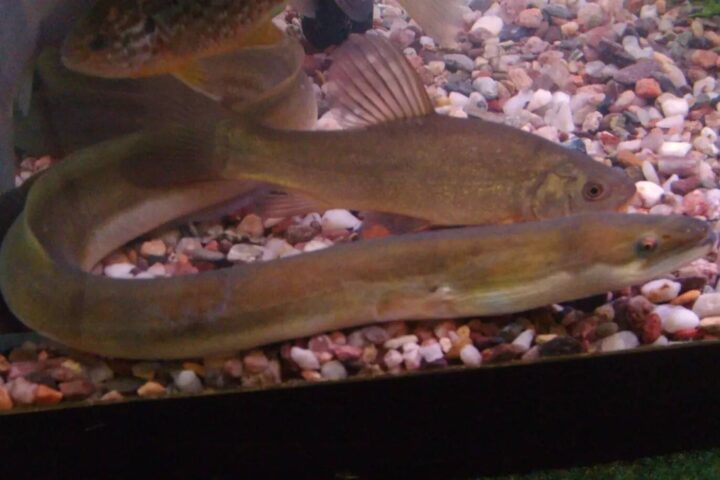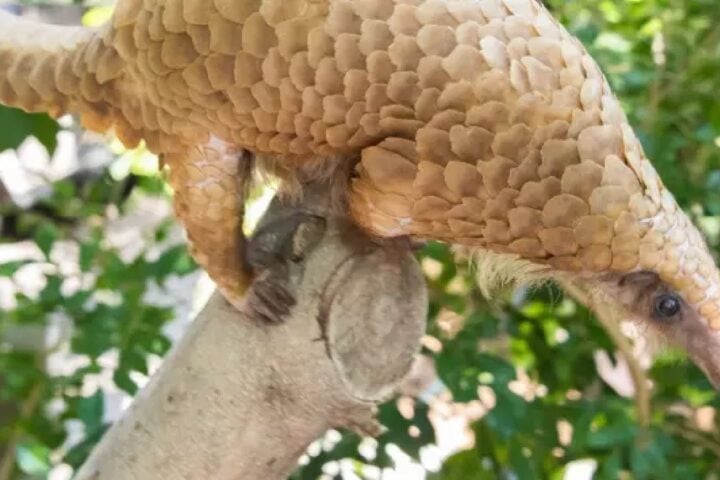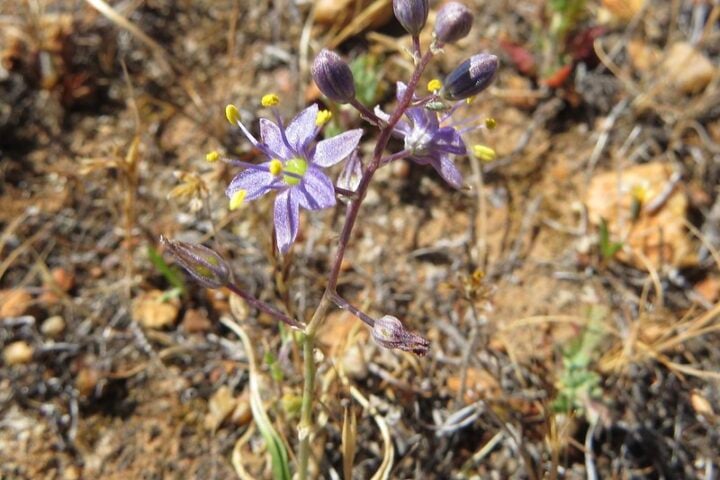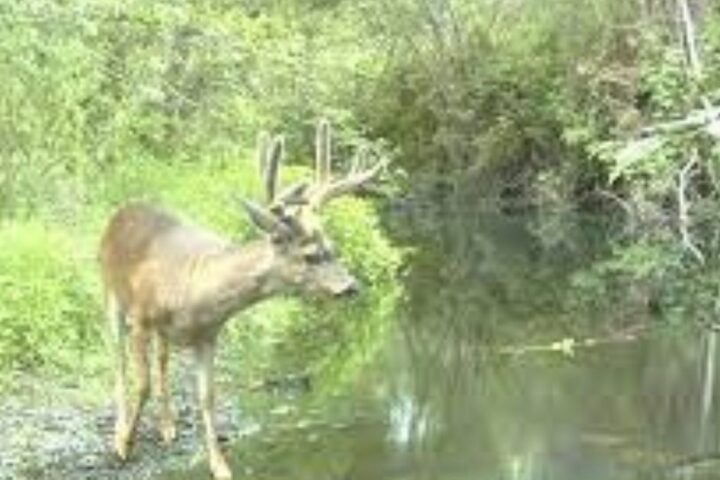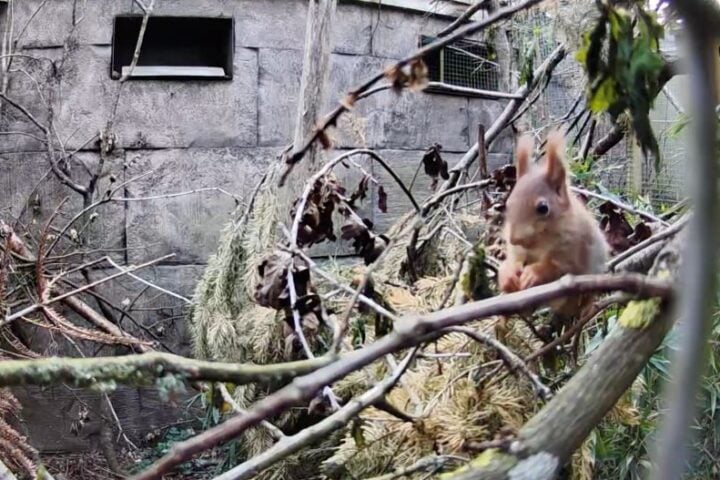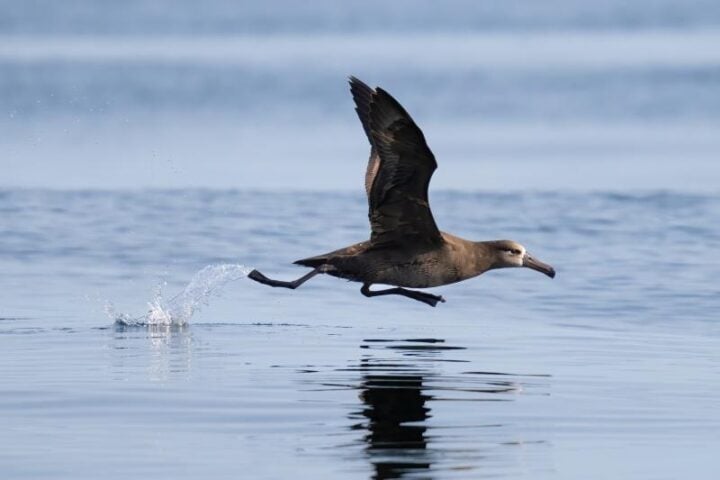The U.S. Fish and Wildlife Service has announced new rules that limit salamander imports into the country, aiming to shield native species from a dangerous fungal disease. The decision comes as a response to concerns raised by the Center for Biological Diversity about protecting America’s rich salamander population.
The United States stands out globally for its salamander diversity, with more than 200 different species calling it home. These animals, which many consider essential to local ecosystems, now face protection from a lethal fungus known as Batrachochytrium salamandrivorans, or Bsal for short.
“I’m thrilled that the Fish and Wildlife Service is protecting our native salamanders from this deadly disease,” says Will Harlan, a senior scientist at the Center for Biological Diversity. “The U.S. has the greatest diversity of salamanders in the world, and these rules give them a fighting chance at survival.”
The new regulations specifically target the pet trade industry, prohibiting the import of 36 different types of salamanders. This measure aims to prevent Bsal from entering the country through infected animals. The fungus, which originated in Asia, has already caused severe damage in Europe, nearly wiping out wild fire salamander populations in the Netherlands and Belgium.
The threat is particularly serious for newts, including the eastern newt, which lives across 33 states. Scientists worry that Bsal could devastate remaining populations of the striped newt, a rare species already struggling to survive in Southern wetlands.
More than one-third of America’s salamanders are already at risk of disappearing forever. These animals face many threats – they’re losing their homes as land gets developed, facing climate change, and competing with invasive species. The overexploitation for the global pet trade has put extra strain on their survival.
Similar Posts
The Fish and Wildlife Service is also protecting other native animals. They’ve banned imports of two types of mussels and harmful crayfish. This protection is vital because the Southeast United States is home to many of these species – it has about one-third of all crayfish types and 40% of all mussel species found worldwide.
“Invasive species are one of the leading causes of extinction globally, so it’s exciting to see the agency also taking action to protect mussels and crayfish,” Harlan notes.
Preventing these threats is crucial for species survival. Once harmful animals or diseases get into the country, they’re very hard to get rid of. By keeping the Bsal fungus out, wildlife officials hope to prevent the kind of damage that happened to salamanders in Europe, where it has nearly wiped out wild fire salamanders in the Netherlands and Belgium.
These new rules mark an important change in protecting American wildlife. The restriction will affect salamander imports through commercial trade, helping protect our native species that keep our ecosystems healthy. The rules prohibit importing 36 genera of salamanders into the United States through commercial trade, aiming to prevent the introduction and spread of the disease across the country.
